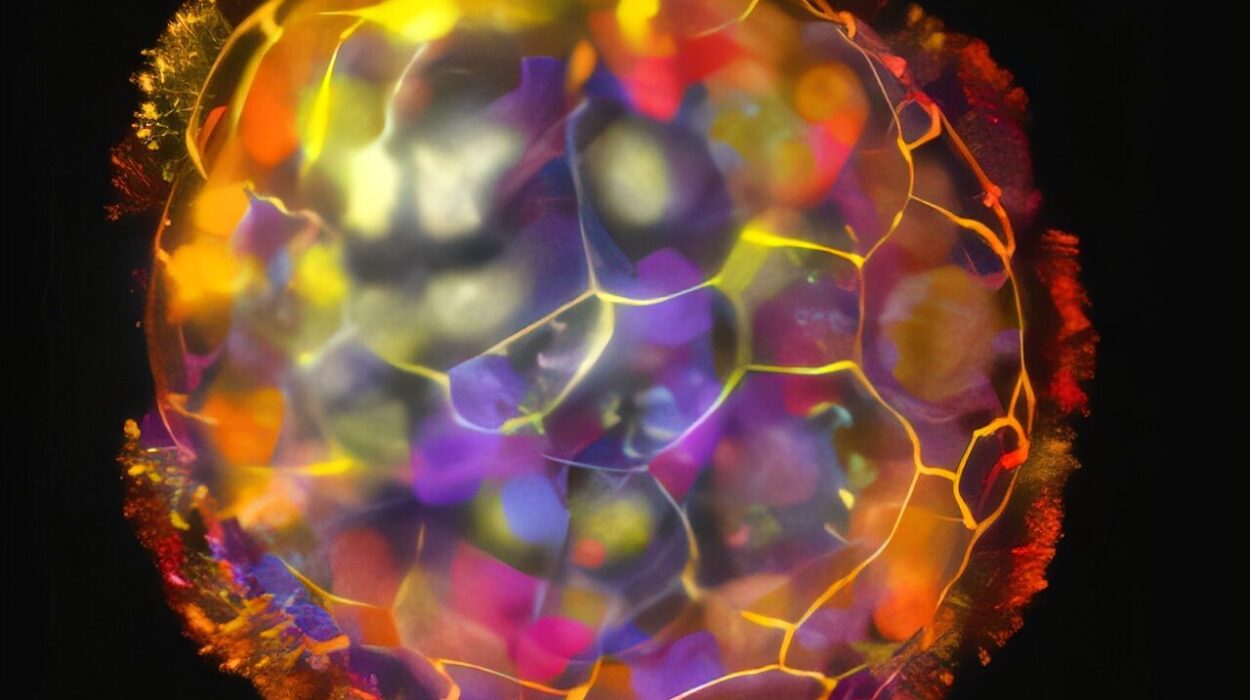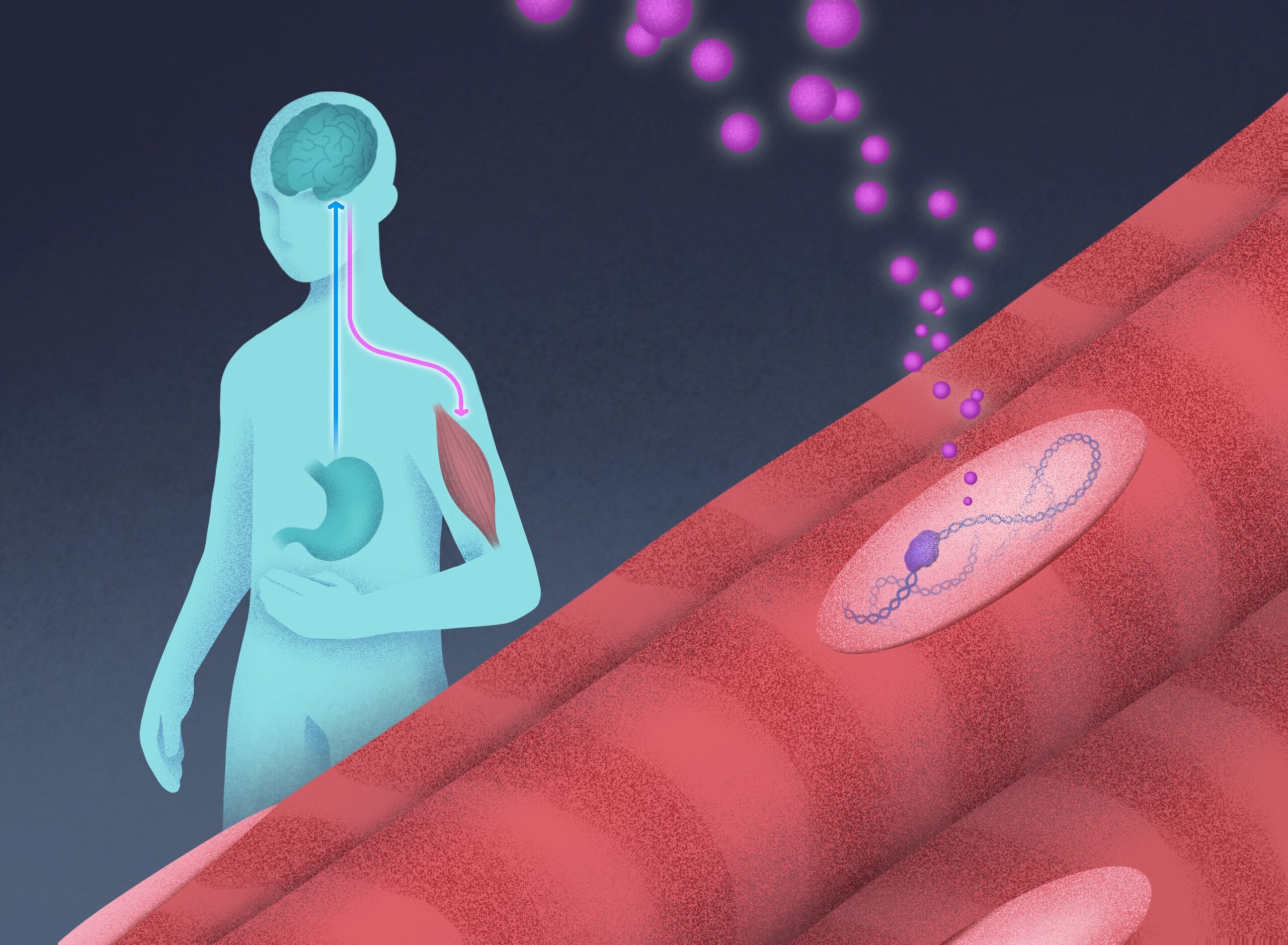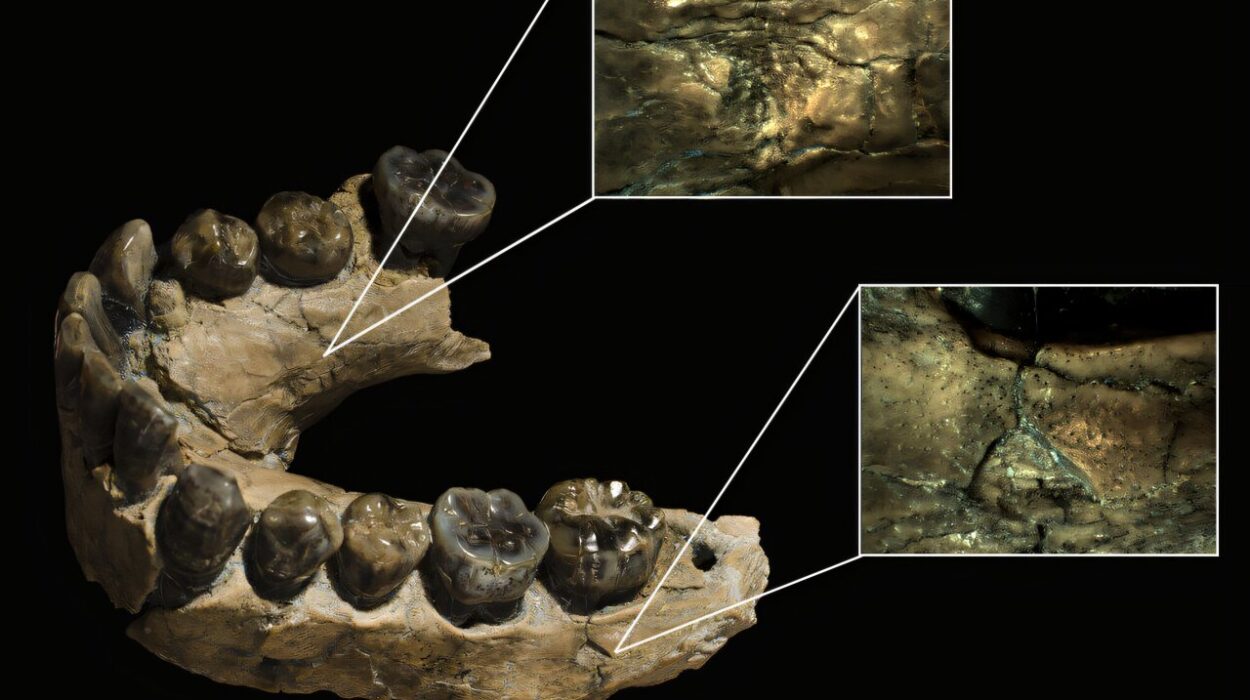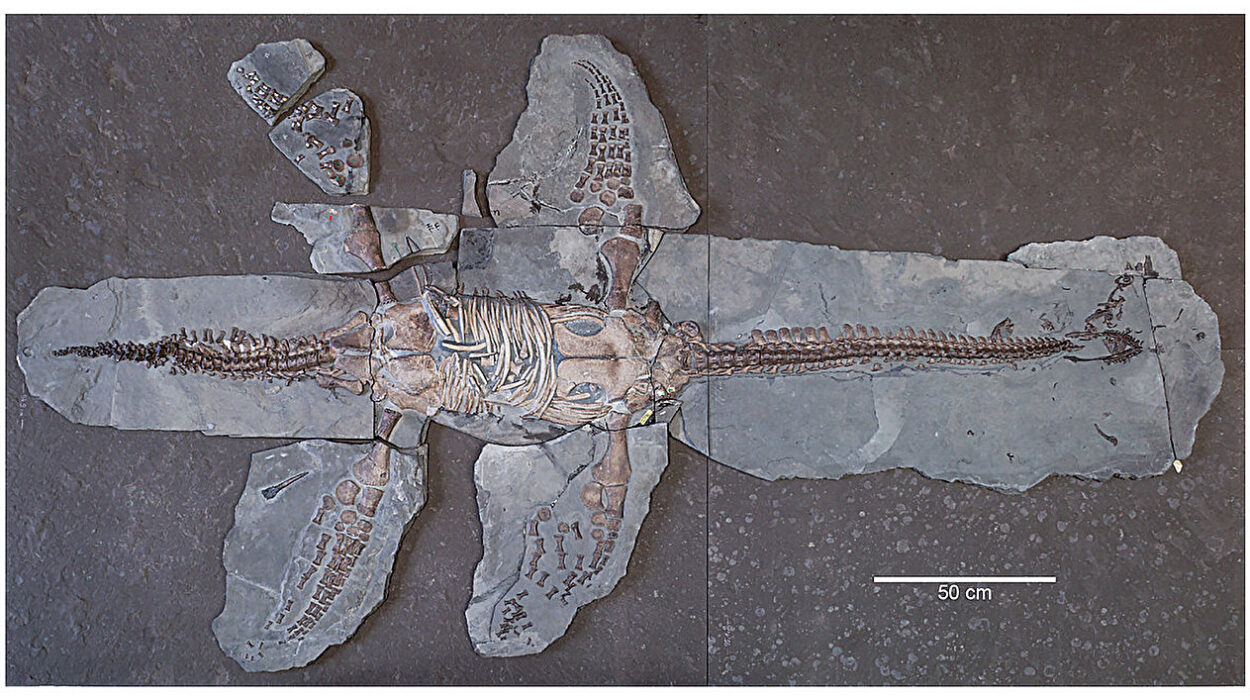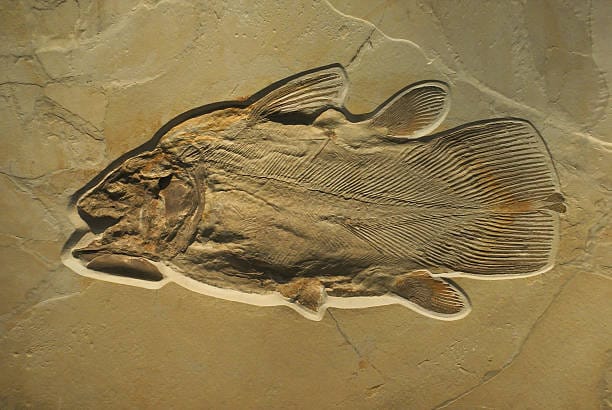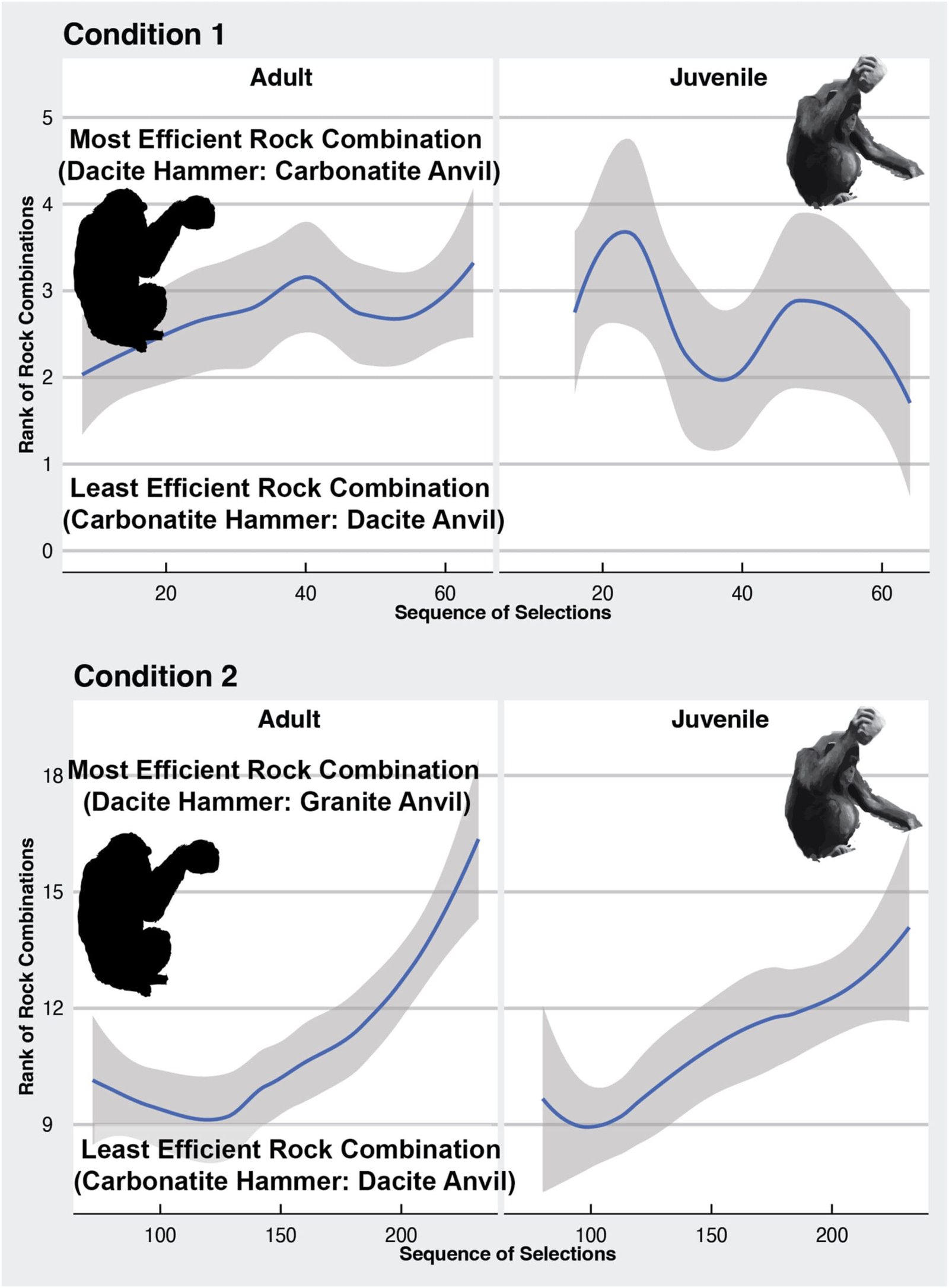Protein modifications are essential for the proper functioning of cells, ensuring they can perform their required tasks within a healthy system. One particularly important modification involves the attachment of sugar molecules to proteins, a process known as glycosylation. Glycosylation is a critical regulatory mechanism, impacting essential cellular functions like cell cycle regulation and even the metabolism of sugars during glycolysis, which is the process by which cells generate energy. Understanding the role of glycosylation in cellular function is crucial, as it directly influences cell survival, growth, and response to environmental cues.
Among the various enzymes involved in protein modifications, O-GlcNAc transferase (OGT) stands out as the only enzyme responsible for attaching a specific sugar molecule, called O-GlcNAc, to proteins inside the cell. This modification is vital for proper cellular function, but for a long time, scientists faced challenges in understanding exactly how OGT’s enzymatic activity contributes to cellular processes, particularly during development.
OGT’s gene is located on the X chromosome in mammals, and it is known to play a key role in early embryonic development. However, scientists had yet to determine whether the presence of the OGT enzyme itself or its enzymatic (catalytic) activity was responsible for its critical role in development. This gap in understanding led a group of researchers from the European Molecular Biology Laboratory (EMBL) Rome, led by Mathieu Boulard, to undertake a study to explore the catalytic activity of OGT during embryonic development.
Investigating the Role of OGT in Development
To address this knowledge gap, the Boulard group developed a series of mouse models that allowed them to gradually reduce the catalytic activity of OGT. By studying these genetically modified mice, the researchers were able to observe the effects of diminishing OGT activity on embryonic development.
Their findings were significant: they discovered a clear correlation between reduced OGT activity and more severe developmental issues in embryos. These results demonstrated that OGT’s enzymatic function was not merely a structural feature, but rather a crucial catalytic mechanism essential for proper cellular function. This breakthrough confirmed that OGT’s role as an enzyme was integral to the survival and development of cells.
The study, published in PLOS Genetics, revealed that embryos with milder mutations in OGT were able to survive, but they exhibited delayed development, with a notable difference between male and female embryos. The researchers speculated that this disparity was due to the way OGT behaves differently in males and females due to a phenomenon known as X chromosome inactivation (XCI).
X Chromosome Inactivation and Its Impact on OGT
In mammals, females have two X chromosomes, while males only have one. To ensure that females do not produce twice the amount of X-linked gene products, one of the X chromosomes in female cells is randomly inactivated in a process called XCI. As a result, females activate roughly the same level of X-linked genes as males, despite having two X chromosomes.
However, OGT is an exception to this rule. It does not undergo full XCI in certain tissues, particularly in the extra-embryonic tissues that give rise to the placenta. In these tissues, females express a “double dose” of OGT due to the escape from XCI. This unusual expression pattern leads to a higher level of OGT in the placenta of female embryos, which has important implications for their development.
Earlier studies had shown that the higher levels of OGT in female mouse placentas contributed to increased resistance to maternal stress. Female embryos were better protected from maternal stressors than their male counterparts, which suggested that OGT played a role in protecting embryos from environmental factors that might otherwise hinder development.
OGT’s Role in Environmental Adaptation
The results of the Boulard group’s study provide valuable insights into the role of OGT in embryonic development, particularly in how it responds to environmental conditions. While the exact molecular mechanism by which OGT influences development remains unclear, researchers propose that O-GlcNAc, the sugar attached to proteins by OGT, could act as a mediator that links external environmental cues to developmental processes. Given that O-GlcNAc is sensitive to nutrient availability in the environment, it is plausible that it helps the developing embryo adapt to changes in its surroundings, including variations in nutrient levels and stress conditions.
Sara Formichetti, a former graduate student in the Boulard group who now works as a postdoctoral fellow at the Institut Pasteur in Paris, emphasized the significance of their findings. “OGT activity is required for embryonic development,” she said. “Even though the molecular mechanism remains to be fully understood, our data could be significant because O-GlcNAc is the only sugar attached to proteins by OGT within the cell, and it is sensitive to nutrients’ availability in the environment.”
OGT Mutations and Human Health
Beyond its role in mice, OGT’s activity has critical implications for human health. Mutations in the OGT gene are linked to X chromosome-linked intellectual disabilities (XLID), a neurodevelopmental syndrome that primarily affects males. Symptoms of XLID can vary widely but often include intellectual disabilities, low birth weight, short stature, compromised language skills, and anatomical anomalies in the brain and body. These mutations provide evidence of how crucial OGT is for normal cognitive and physical development.
Interestingly, the pattern of OGT expression observed in female mouse placentas—where a “double dose” of OGT occurs due to escape from XCI—is also seen in human females. This raises the possibility that OGT may play a similar protective role in human embryos, contributing to differences in the susceptibility of female versus male embryos to metabolic and developmental syndromes during gestation.
Boulard noted, “It is remarkable that the double dose of OGT in the female placenta is also observed in humans. It is therefore possible that OGT is responsible for the different susceptibility of female versus male human embryos to metabolic syndromes arising during the gestational period.”
Implications for Future Research and Therapies
The study of OGT and its role in development and disease has far-reaching implications for both basic biology and clinical medicine. By understanding how OGT modulates embryonic development and responds to environmental cues, scientists may be able to develop strategies to mitigate developmental disorders linked to OGT mutations. Additionally, investigating how OGT activity influences the susceptibility of embryos to metabolic conditions could lead to new insights into how the environment affects fetal health, potentially guiding interventions to protect at-risk pregnancies.
As the molecular mechanisms underlying OGT’s function continue to be explored, this research may open the door to new therapeutic approaches for neurodevelopmental syndromes, metabolic diseases, and other conditions that arise from faulty protein glycosylation. The work of Boulard and his team represents an important step in unraveling the complexities of protein modifications, offering a deeper understanding of how the modification of proteins can have profound effects on both health and disease.
Reference: Sara Formichetti et al, Genetic gradual reduction of OGT activity unveils the essential role of O-GlcNAc in the mouse embryo, PLOS Genetics (2025). DOI: 10.1371/journal.pgen.1011507

